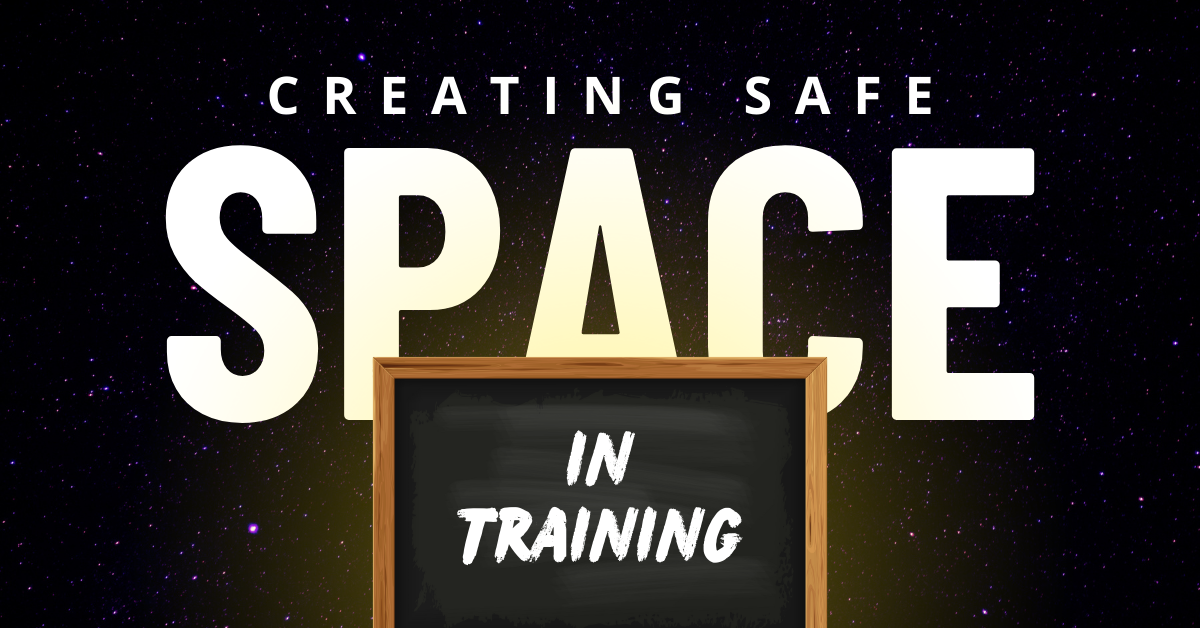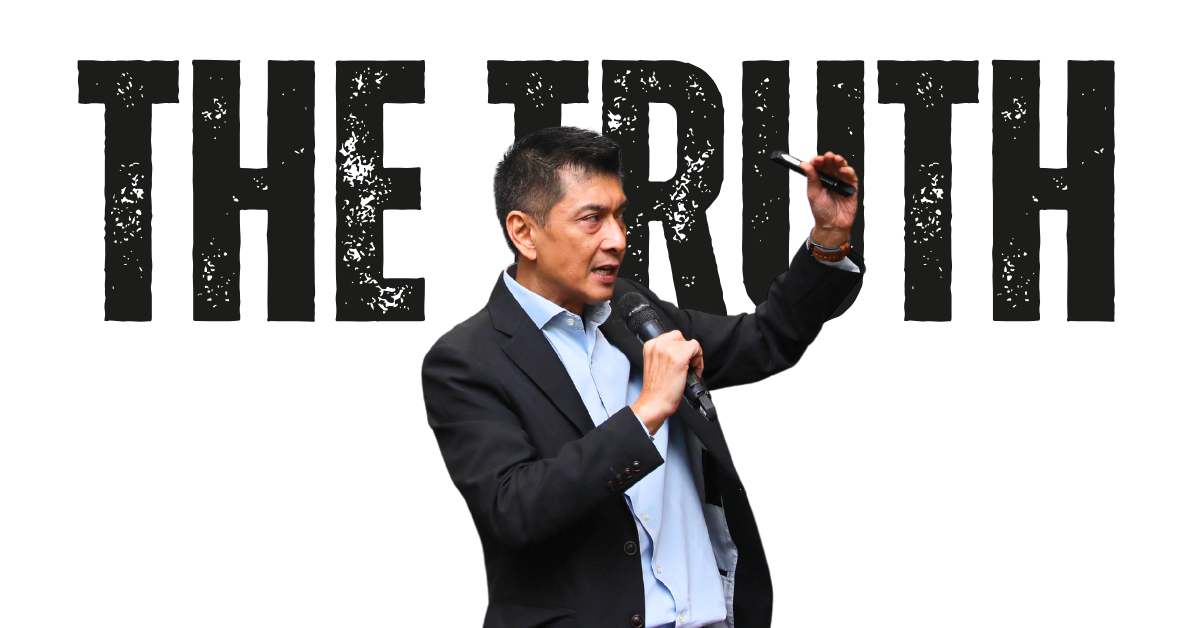What’s A Safe Space?
One of the biggest challenges trainers face is getting participants to open up—to ask questions, engage with the material, and feel comfortable making mistakes. It is not easy to get a room full of strangers to engage and open up.
We’ve all seen it before: a room full of people who are afraid to speak up, afraid of asking so-called stupid questions, afraid of being judged by what they ask, afraid of looking foolish or even dumb in front of a room full of people.
Creating a safe space where participants feel free to ask questions and even make mistakes takes more than just subject knowledge. It requires empathy, patience, and a deliberate effort to build trust.
In my experience, this is where many trainers fall short. Without that safe environment, classes can end up quiet and disengaged. The truth is, if participants don’t feel secure, they won’t take risks—and without risks, there’s no real learning.
Why a Safe Space Matters
Let’s start with why this is so important. Learning is inherently a vulnerable experience.
No one wants to look foolish or stupid in front of their peers, especially in professional settings. But asking questions and making mistakes are critical parts of the learning process.
When participants feel like it’s okay to ask “simple” questions or to stumble through a task, they’re more likely to truly engage with the material. This openness leads to deeper understanding and a more dynamic learning environment.
On the flip side, when participants feel judged, rushed, or dismissed, they shut down. A quiet class isn’t necessarily a well-behaved class—it’s often a sign that something is wrong. A quiet room could mean that participants feel too nervous to participate, and that’s the last thing you want as a trainer.
The Role of Empathy in Creating a Safe Space
The foundation of a safe learning environment is empathy. You have to remember that everyone comes into the room with different experiences, skill levels, and emotions.
Some may feel overwhelmed by the material; others might be struggling with confidence. By acknowledging and understanding these differences, you can begin to foster trust.
Empathy shows up in the little things: noticing when someone has that confused look, taking time to answer questions thoughtfully, and being patient when someone is having trouble.
It’s about creating an atmosphere where participants feel like you’re on their side and invested in their success.
When participants feel understood and supported, they’re more likely to take the leap to ask questions and engage. And when mistakes are made, an empathetic trainer doesn’t just correct them—they guide participants through their mistakes, showing that errors are just stepping stones to mastery.
Practical Steps to Foster a Safe Space
Creating a safe space isn’t just about having good intentions—it requires specific actions and strategies. Here are a few that I’ve found to be effective:
1. Set the Tone Early
From the very beginning of the session, make it clear that questions and mistakes are not only welcome but encouraged.
One of my favorite things to say upfront is, “There are no dumb questions here. If you’re thinking it, chances are someone else is too.” This simple statement helps to lower the pressure from the get-go.
2. Encourage Participation from the Start
Don’t wait until the end of the session to open the floor for questions. Get people talking early. As in, from the very beginning. Get them used to opening their mouths to talk.
Whether it’s a quick icebreaker or asking participants about their expectations for the session, the more comfortable they feel speaking up at the start, the more likely they are to ask questions later on.
3. Respond Positively to Every Question
The way you respond to questions is key. Even if someone asks something that seems very basic or off-track, make sure your response is positive and encouraging. Repeat the question so that you confirm the question.
Avoid cutting off or dismissing questions—even subtle cues, like sighing or rushing an answer, can shut people down.
4. Share Your Own Mistakes
Normalize mistakes by sharing your own experiences. I like to sprinkle in stories about times when I’ve messed up in the past.
This not only humanizes me as a trainer but also helps participants see that mistakes are part of the process, no matter how experienced you are.
5. Give Them Time to Think
Don’t be afraid of a little silence. When you ask a question, give people time to think and formulate their responses. Sometimes, trainers rush to fill the silence, but those few extra seconds of waiting can encourage someone to finally speak up.
I often remind myself: pause and let the room breathe.
6. Celebrate Questions and Mistakes
Actively celebrate when someone asks a question or bravely attempts something that doesn’t go perfectly. Offer praise not just for correct answers, but for the effort itself.
For example, after someone asks a question, I’ll say something like, “Great question! I’m glad you brought that up.” Similarly, when someone makes a mistake, I’ll use it as a learning opportunity for the whole class without singling them out.
Handling the Quiet Class
No matter how much effort you put into creating a safe space, sometimes you’ll still end up with a quiet class. It happens. But rather than forcing participation, I find it’s better to acknowledge the dynamic and work with it.
If a group seems particularly quiet, I’ll go round during their lab exercises to speak to them individually or in smaller groups of 2-3 people. Pivot to asking questions about work or I’ll share a funny story.
I find that this helps people to open up too as there is less pressure for them in speaking up to the whole class. And slowly when I engage them individually, I find that they are more ready to ask questions openly.
Conclusion: The Trainer’s Responsibility
Creating a safe space is one of the most important things a trainer can do, and it’s not always easy. It requires empathy, patience, and a real commitment to the learning process. But the payoff is worth it.
When participants feel comfortable, they’re more likely to engage, ask questions, and take risks—and that’s when real learning happens.
At the end of the day, it’s our responsibility as trainers to create that environment. It’s not about showing how much we know—it’s about helping others grow, even if that means giving them space to stumble along the way..
By Ali Reza Azmi
Founder & Consultant @ Twenty-Four Consulting
By Ali Reza Azmi
Founder & Consultant @ Twenty-Four Consulting
Related Posts






